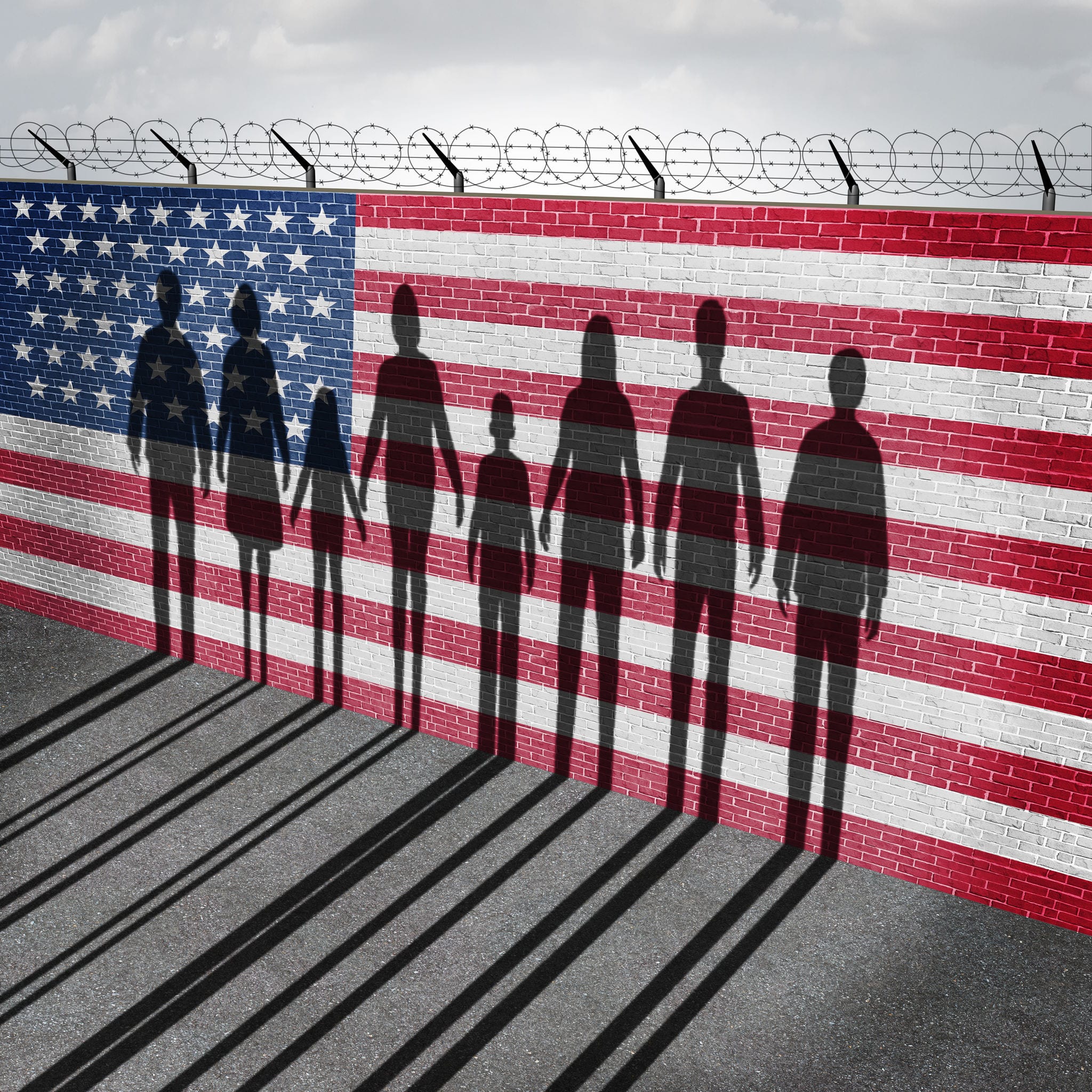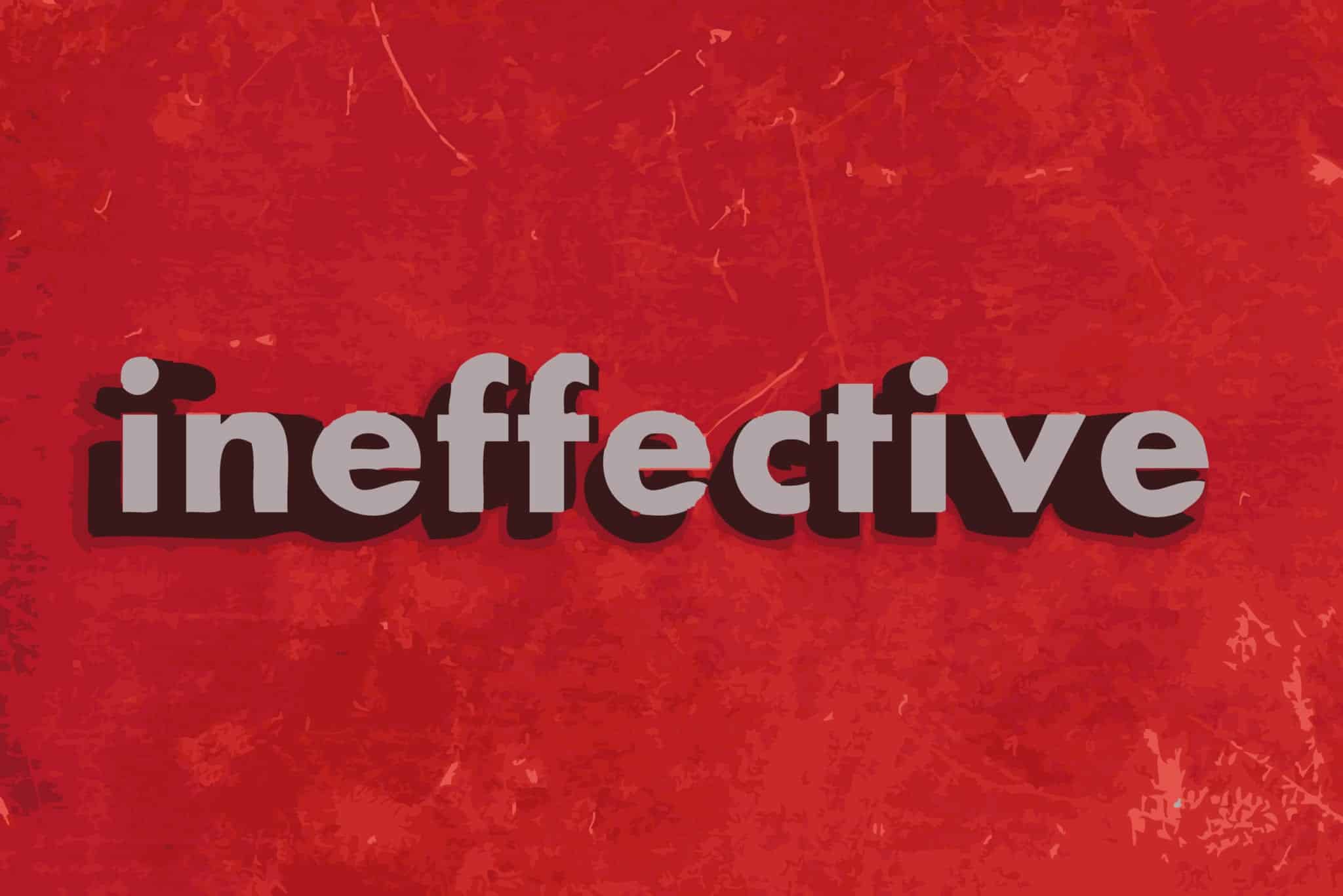
Public outrage may have forced the Trump administration to cease separating immigrant children from their parents, but the administration’s “zero tolerance” policies remain in place—policies that have a detrimental impact on non-citizens and citizens alike.
Touted by the president and his supporters as necessary, the escalated attack inherent in the zero tolerance policies on undocumented immigration into America are intended to address a politically manufactured “crisis” at U.S. borders. Apprehension of undocumented persons at the nation’s borders is at the lowest level in decades. There has been no reputable, much less credible, link between zero tolerance and reduced undocumented entries.
Meanwhile, zero tolerance policies have come at an enormous cost to the US judicial system and American taxpayers. Immigration crimes place a substantial burden on the already overcrowded criminal justice system, and they compromise our resources to combat violent crimes that harm US citizens.
At the end of the first quarter of Fiscal Year 2018, the U.S. Justice Department had a total of 57.820 known or suspected undocumented persons in its custody—38,132 of whom are confined in the U.S. Bureau of Prisons and another 19,688 in the custody of the U.S. Marshals Service. More than 16,000 of the USMS undocumented persons have been farmed out to state, local and private detention facilities at a cost to taxpayers of $1,438,372.72 per day.
Below, we discuss exactly what the “zero tolerance” policy means, as well as going into greater detail about the problems it presents to the United States in general.
What Is “Zero Tolerance” Immigration Policy?
Zero tolerance policy refers to having “zero tolerance” for persons entering the United States illegally, and without the proper documentation. Under this policy, all attempted illegal entry into the US, regardless of reason, is criminally prosecuted. Even asylum-seekers are arrested and face criminal prosecution. The official title of the program was spelled out in a Trump executive order called “Executive Order on Enhancing Public Safety in the Interior of the United States.”
It was the policies born out of this Executive Order that led to the infamous separation of children from their parents. Because children cannot be put in jail, they were separated from their parents and placed in detention centers. Due to national and international outcry, parents with children are no longer imprisoned, although the efforts to reunite children and parents who had already been separated appear to have stalled.
Moreover, despite this important exception, zero tolerance policy remains very much in place, to the detriment of all of us. How exactly is this policy detrimental?
Detrimental Effects of Trump’s Zero Tolerance Policy
During the Bush and Obama administrations, federal prosecutors rarely pressed charges for minor immigration crimes such as unlawful entry. Most undocumented persons apprehended by the border patrol were instead processed through deportation proceedings in the immigration system, which is a civil system.
Migrants also had the option of going to immigration court, which is separate from the federal court system, to push their request to remain in the U.S. This gave asylum-seekers facing dangerous persecution in their home countries the chance to find a new, safer life in the United States.
Because of zero tolerance, the American court system has been inundated with immigration crimes. So substantial, in fact, that mass hearings in which dozens of defendants are simultaneously convicted and sentenced are now commonplace in federal courthouses across the southwest border, sometimes twice per day.
Prosecuting 100 percent of the people who enter our country unlawfully have strained the dockets of judges, prosecutors, and court clerks, compromising resources that would otherwise be used to deal with more serious crimes.

Then there is the enormous impact on the nation’s prison systems. Thus far, the majority of migrants prosecuted for the misdemeanor immigration crime of unlawful entry have received lenient sentences involving little or no prison time. However, this initial prosecution lays the groundwork for more serious felony-level offenses should the migrants attempt to come back, which would result in a serious federal prison sentence.
Currently one quarter of the inmates in the federal prison system were convicted of immigration crimes. That is more than 38,00 inmates—at a cost of $84.00 per day for each inmate, not to mention that those 38,000 prison beds could better serve the nation’s security interests if they were used for dangerous, violent felons.
All this, and it is still unclear whether these new policies have had any effect in deterring unlawful entry into this country.
If it’s not actually solving a problem, why exactly are we doing it?



